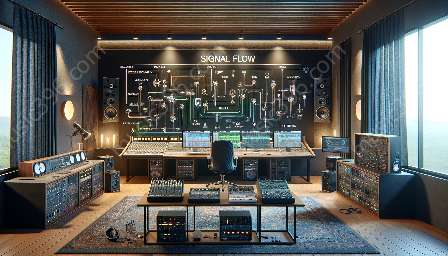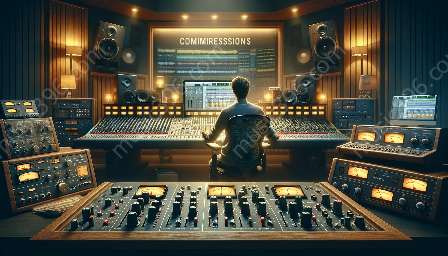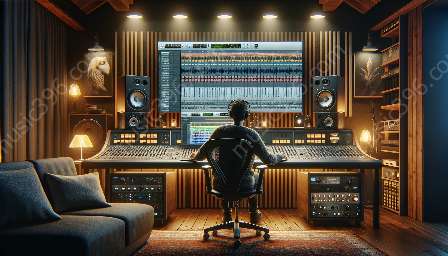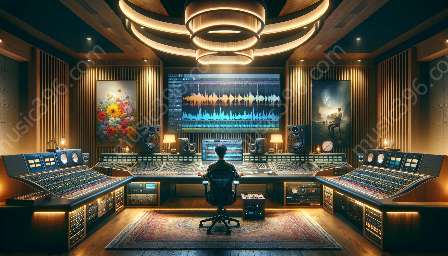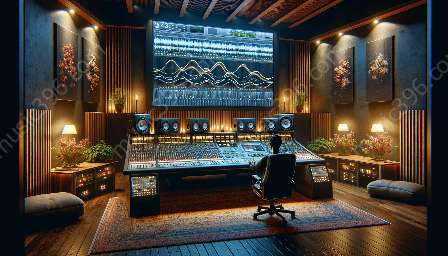Dithering is a critical technique in audio mastering and mixing, impacting the final sound quality. It involves adding low-level noise to a digital signal to improve its perception and fidelity. Understanding the technical considerations in dithering is essential for mastering engineers and audio professionals.
Introduction to Dithering in Mastering
Before delving into the technical aspects, it's important to understand the purpose of dithering in mastering. When audio files are converted to a lower bit depth, quantization errors can introduce distortion and artifacts. Dithering helps mitigate these issues by adding carefully chosen noise, preserving the integrity of the audio signal.
Dithering and Audio Mixing & Mastering
The relationship between dithering and audio mixing and mastering is symbiotic. Proper dithering techniques enable mastering engineers to achieve optimal sound quality while handling the technical aspects of digital audio processing.
Technical Aspects of Dithering
1. Bit Depth: Dithering is closely tied to the bit depth of digital audio. It becomes especially crucial when converting higher bit depth audio to lower bit depths, such as from 24-bit to 16-bit. Careful consideration of the bit depth is essential to determine the appropriate dithering method.
2. Dither Types: Understanding the different dither types, such as triangular, rectangular, and noise-shaped dither, is key to implementing effective dithering in mastering. Each type has unique characteristics and applications, and choosing the right type is vital for achieving desired audio quality.
3. Noise Shaping: Advanced dithering techniques often involve noise shaping, which aims to relocate the added noise to frequencies where it is less perceptible to the human ear. This technique ensures that dithering remains transparent and minimally impacts the audio's perceived quality.
Implementing Dithering
1. Workflow Integration: Incorporating dithering into the mastering workflow involves careful consideration of the mastering software and digital audio workstations (DAWs) being used. Understanding the technical aspects of dithering is essential to seamlessly integrate it into the mastering process.
2. Monitoring and Evaluation: Effective implementation of dithering requires rigorous monitoring and evaluation of the audio output. Mastering engineers need to assess the impact of dithering on the final sound quality and make adjustments as necessary.
Conclusion
Technical considerations in dithering play a crucial role in shaping the final audio quality in mastering and audio mixing. By understanding the intricate technical aspects of dithering, mastering engineers can achieve optimal results and ensure the fidelity of the audio content.



